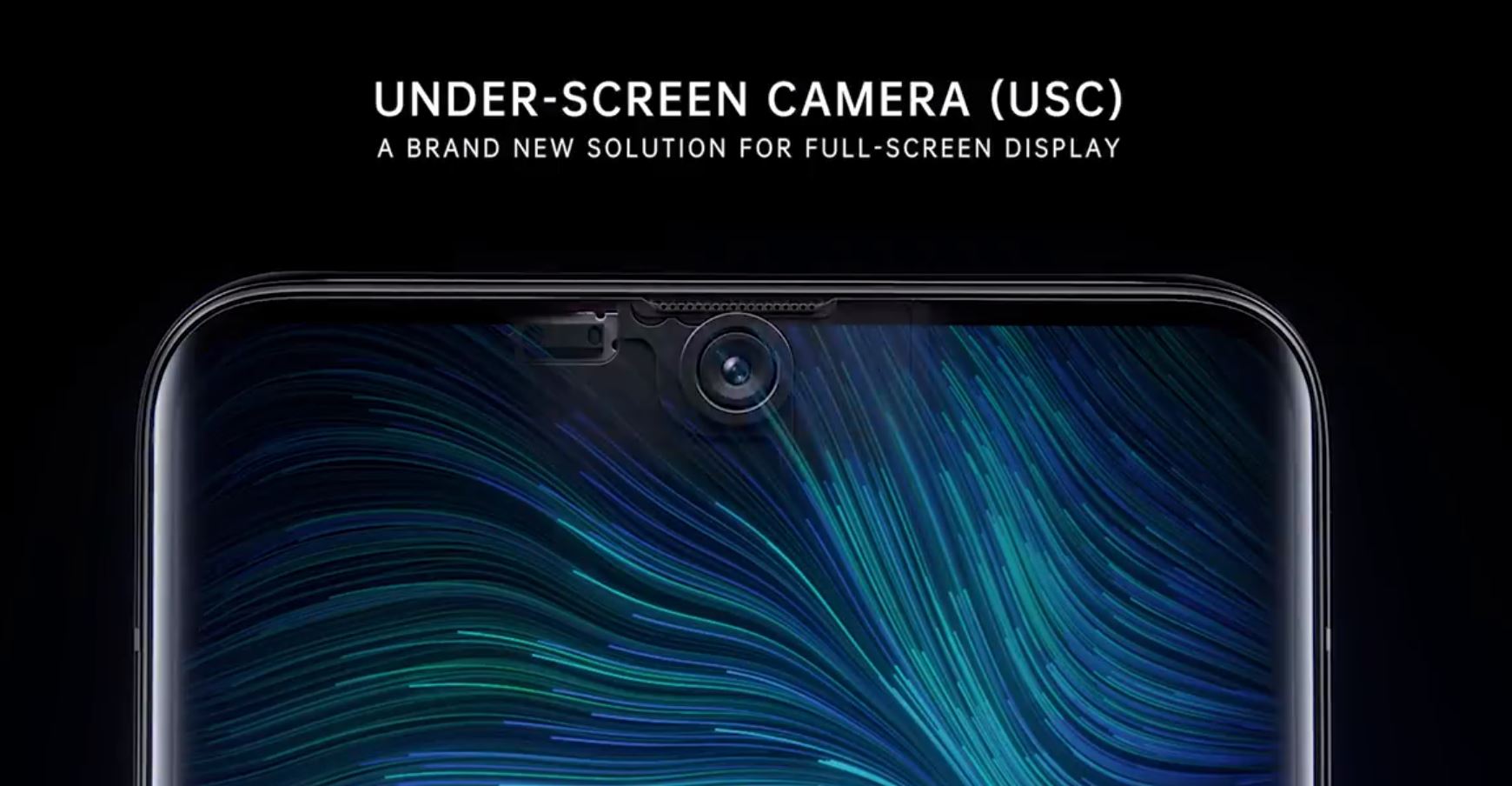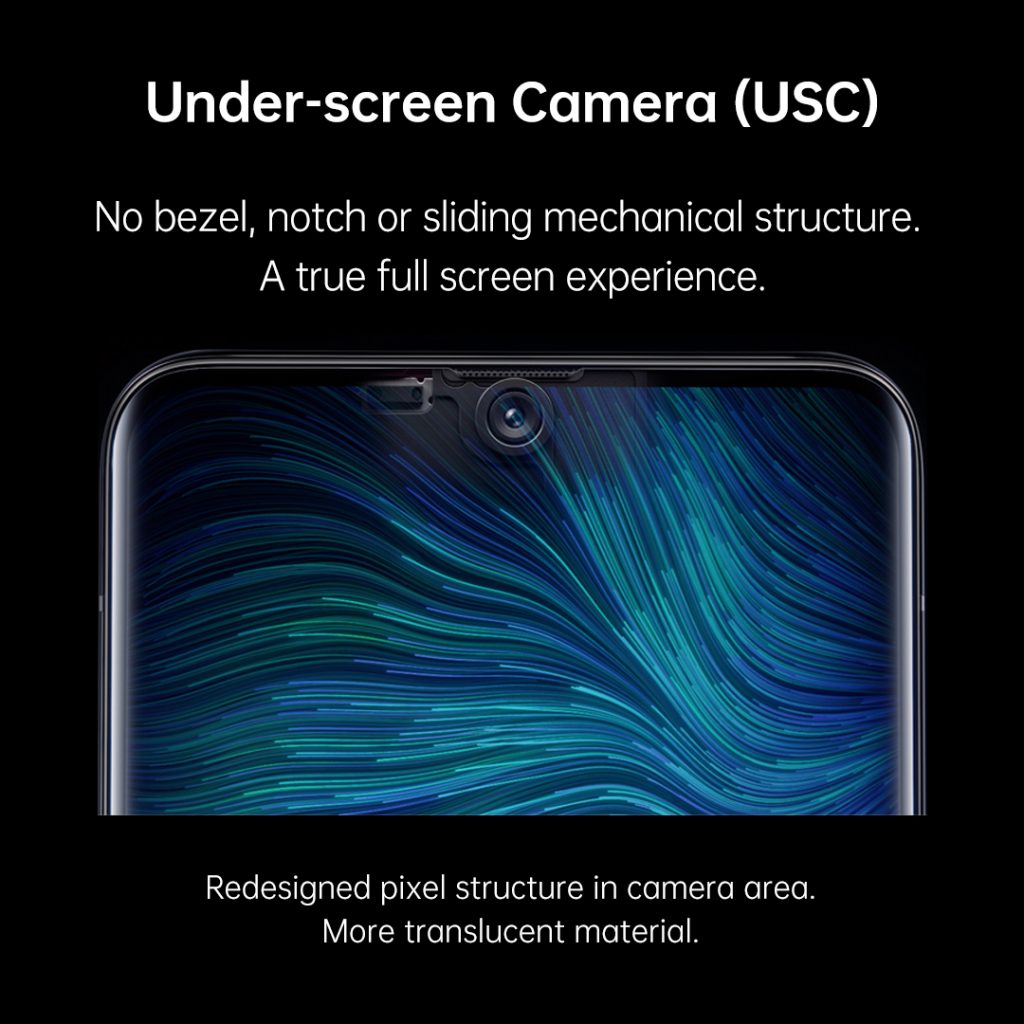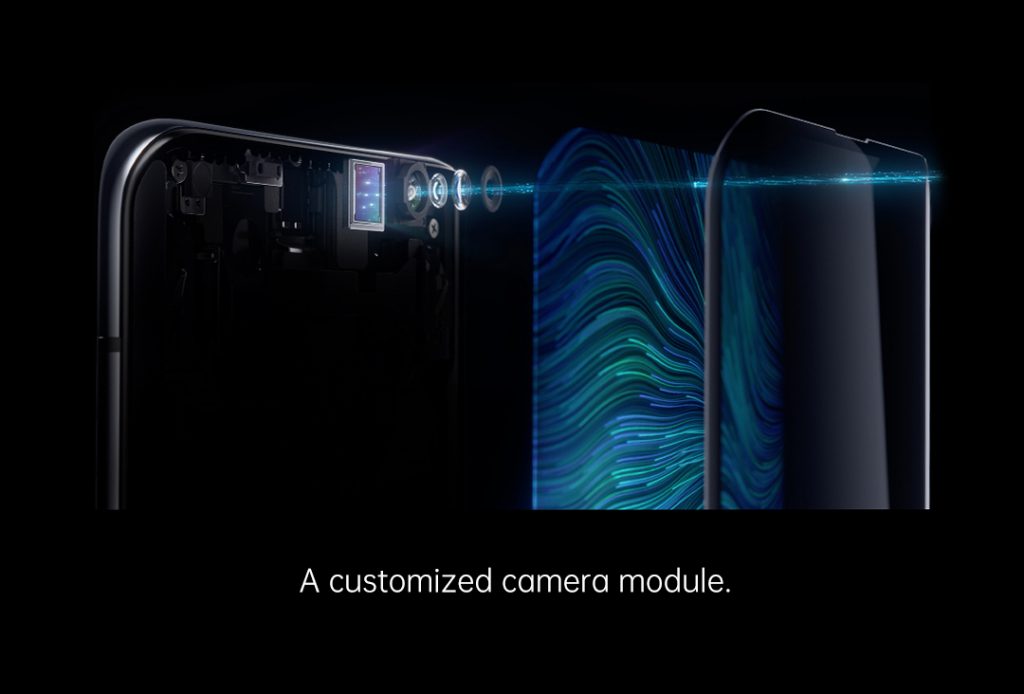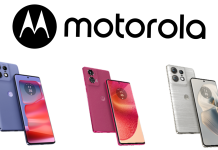It’s the end of a short era. Today, we’re waving goodbye to The Notch (c 2017-2019, rust in peace). Oppo’s shown us the future.
Let’s get one thing straight. No one liked the notch. Most tolerated it. Some even hated it. Unfortunately, due to the limitations of technology it was a necessity if a phone was to have a front-facing camera with a “full view” edge-to-edge top-to-bottom screen. The camera had to go somewhere, after all.
Some manufacturers have seen it as their duty to go along with the notch. Apple has a notch, so it must be okay, they’ve thought. The reality is though, from the moment Essential introduced the notch, it’s been a spec of envy for some, and a target to be killed off and never seen again, for others.
What would you do if you couldn’t use a notch? We’ve seen Android manufacturers desperately looking for a solution. Make it smaller — no, make it bigger — make it taller — make it shorter — make it a waterdrop — cut the phone body in two and slide up for the camera — pop the camera up from the phone’s body — flip it up from the back — swivel it around. The solutions are many, and some of them creative, but they’re all for naught now.
Oppo just demonstrated a phone that has a functional front-facing the camera behind the screen.
The company took to the stage at MWC Shanghai to show off their solution to the notch, that they began work on in 2017. They call it (the fairly unassuming, actually) under-screen camera (USC for short, because everything needs an abbreviation now).
OPPO's brand new solution for full-screen display – Under-screen Camera (USC) has just been unveiled here at #MWC19 Shanghai! #MoreThanTheSeen pic.twitter.com/k5qEQ3QNta
— OPPO India (@oppomobileindia) June 26, 2019
We’ve been hearing a little about this technology for the past few months. A few manufacturers are working on it, Oppo’s just the first to show it off to us in such a fashion.
One of the common refrains we’ve heard is that there are compromises. This makes sense, after all a camera can’t see through a screen without quite a bit of technical wizardry.
Oppo’s says they’ve “struck a balance between display and camera performance”, which does echo the sentiment of making some compromises. They’ve had to solve issues with transparency of the screen material, white balance, haze, glare and more, but they’ve actually managed to deliver a USC that does HDR and offers enough image quality that it can be used for all the important imaging functions like face unlock and video calling. Oh, and it can also do beauty mode and filters.
The algorithms behind our USC technology showcased at #MWC19 include haze removal, HDR and white balance resulting in a bezel-less phone, yet with a selfie camera that rivals current smartphones in the market today. #MoreThanTheSeen pic.twitter.com/yTpWgIMLmA
— OPPO (@oppo) June 26, 2019
The display above the camera is composed of a ‘customised, highly transparent material with redesigned pixel structure’ which allows optimal transmittance of light. Bear in mind that this is a display that’s already backlit, too.
To further aid in capture and use of what light they can get through the display, they have used a lens with a wider aperture, and a bigger sensor with bigger pixels.
But does it work?
Although OPPO claims that the image quality is “on par with mainstream devices” it seems that Chinese Engadget had some hands-on time with the USC at the launch event, and found that there was still quite a bit of haze in the image created:
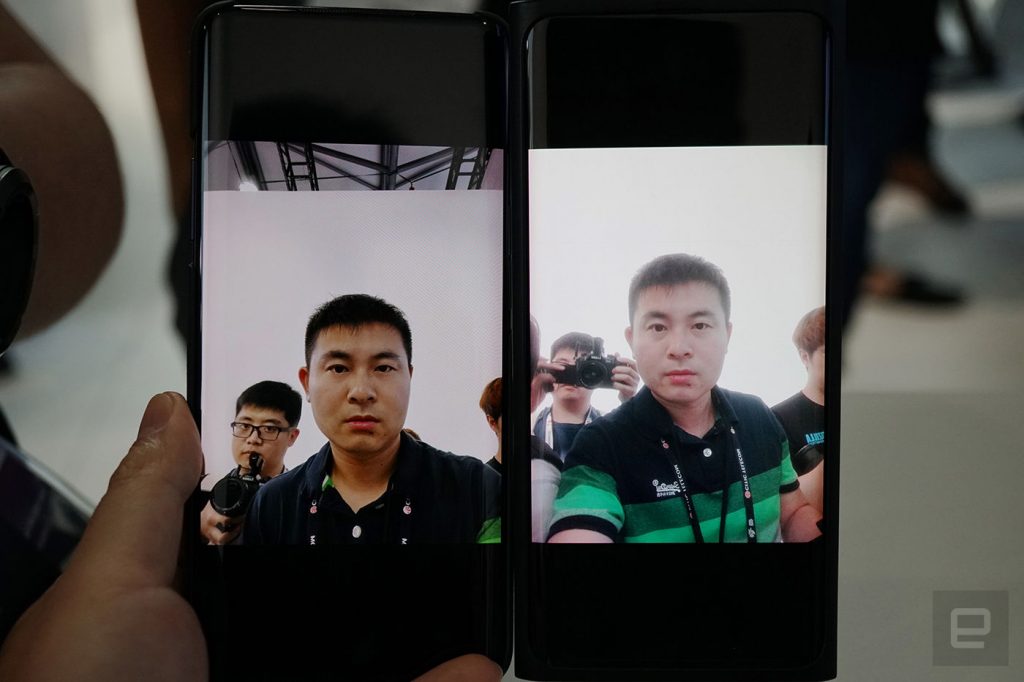
Still, the miracle of a dancing elephant is not how well it dances, but that it dances at all. This camera is seeing you through the screen. It’s the stuff of science fiction.
OPPO has been exploring the best balance between ‘thin and light’ and ‘full screen’. OPPO hopes to provide users with the ultimate ‘true full screen’ through the USC technology. Qiao Jiadong
Coming Soon … probably.
At this stage it is unclear when we will see the USC in a smartphone. Oppo has said we can expect to see it ‘in the near future’, which is a common refrain when it comes to camera technology from the company. We’ve seen technology launch then disappear, but it’s been a while since that’s happened.
Looking at the pictures from the event, we think it’s fair to say that the image quality is not quite ready for a mainstream device, but we trust Oppo will continue to evolve and refine the technology and use it in a fully functional product that is sure to make some waves.
It’s been a good year for Oppo on the camera technology front, with the company’s new Reno smartphone bringing a well-regarded 10x zoom camera experience to market. Perhaps we’ll see the USC make an appearance in the Reno’s successor.
Are you excited to get rid of the notch? Will Oppo’s USC “see through” to your wallet? Tell us in the comments!

